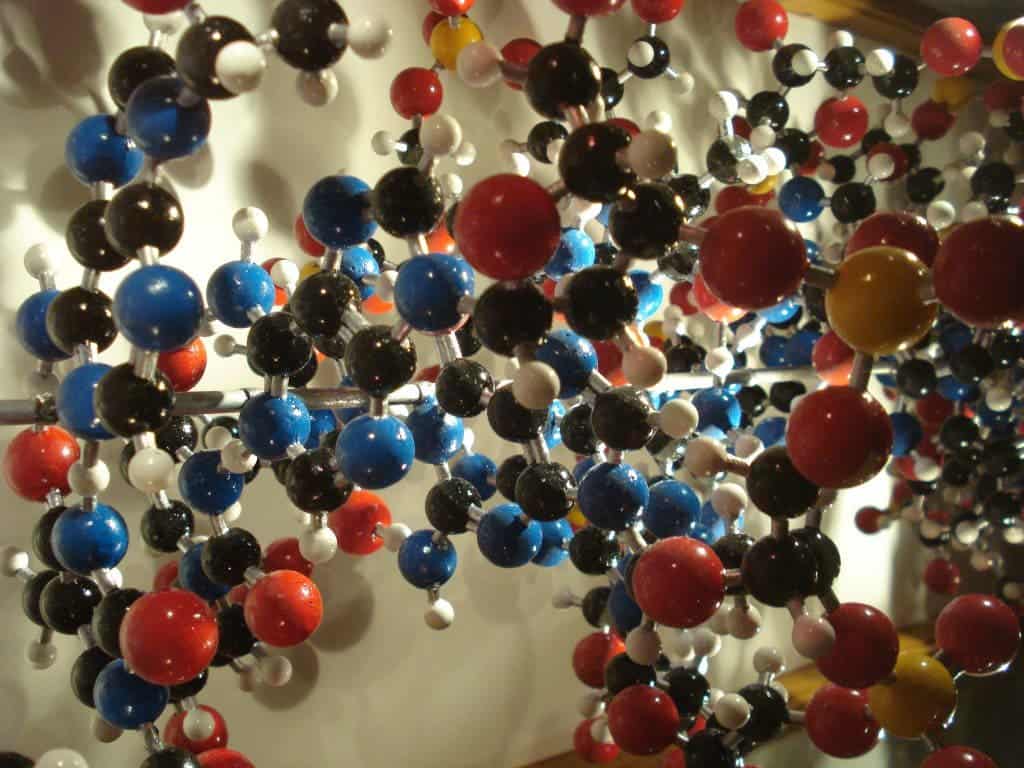Fighting cancer with nanotechnology seems to be the theme of the day, as researchers from Wake Forest Baptist Medical Center develop new technology that could detect the disease early on. Their miniaturized probes can check a sample for nucleic acids belonging to any known pathogen or malign cells.
In the new technique, nanotechnology is used to determine whether a specific target nucleic acid sequence exists within a mixture, and to quantify it if it does through a simple electronic signature.

Image via flikr @ allispossible.org.uk
“If the sequence you are looking for is there, it forms a double helix with a probe we provide and you see a clear signal. If the sequence isn’t there, then there isn’t any signal. By simply counting the number of signals, you can determine how much of the target is around,” says Adam R. Hall, Ph.D., assistant professor of biomedical engineering and lead author of the study.
While there are countless nucleic acids that we know of, they’re all built using the same blocks. Like words and letters, these acids are made of simple bases strewn together. They can range in size from a few to a few millions, but their order is set by their function. The Wake Forest researchers are basing their findings on this assumption that cell and tissue activity can be predicted solely by nucleic acids.
One type of nucleic acids, known as microRNAs, usually about 20 bases long, has caught the team’s interest as they could be used to screen for conditions like cancer.
“Scientists have studied microRNA biomarkers for years, but one problem has been accurate detection because they are so short, many technologies have real difficulty identifying them,” Hall adds.
The team first demonstrated that their technology could target a specific sequence of nucleic acids, and then applied their technique to one particular microRNA (mi-R155) known to indicate lung cancer in humans. Their probes were able to pick up on the tiny amounts of microRNAs in their patient’s bloodstream.
The Wake forest team now plans to test their technology on clinical samples of tissue, blood or urine. After they find out how to get the best results from their probes, they hope it will help detect virtually any pathogen known today.
“We envision this as a potential first-line, noninvasive diagnostic to detect anything from cancer to the Ebola virus,” Hall concludes
“Although we are certainly at the early stages of the technology, eventually we could perform the test using a few drops of blood from a simple finger prick.”
The full paper, titled “Sequence-Specific Recognition of MicroRNAs and Other Short Nucleic Acids with Solid-State Nanopores,” has been published online in the journal Nano Letters






